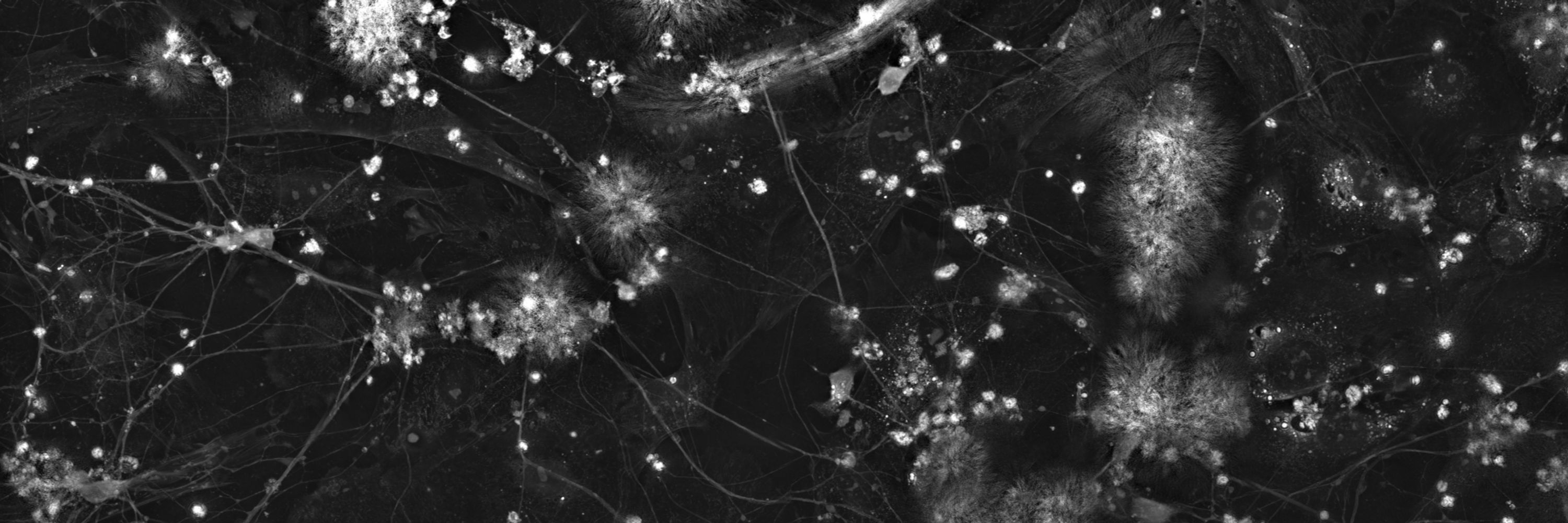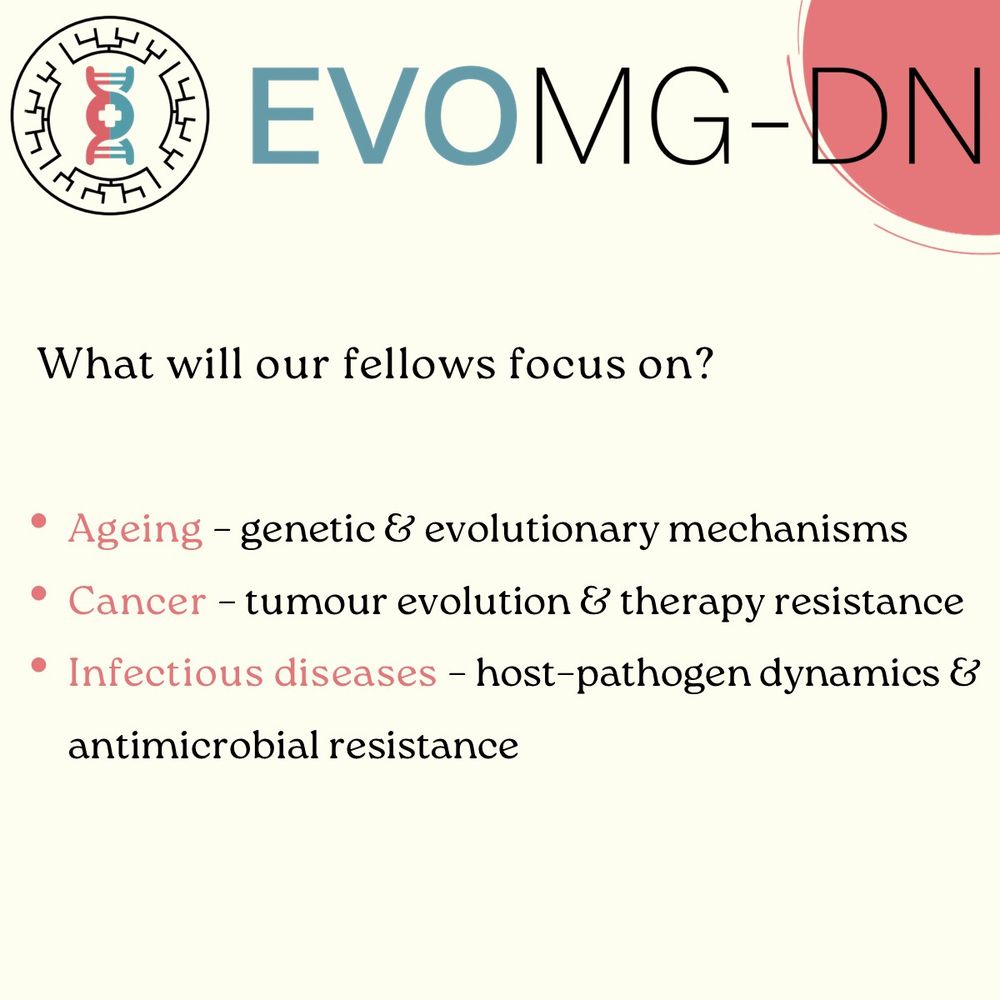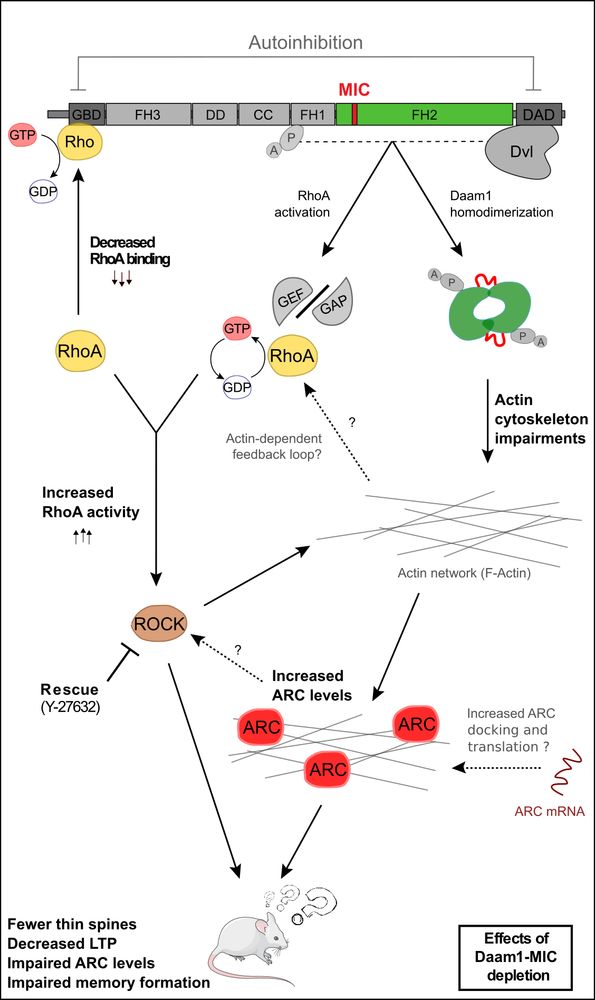Patryk Poliński
@ppolinski.bsky.social
64 followers
68 following
14 posts
Postdoc at @EMBLBarcelona. Working on unusual forms of splicing.
Posts
Media
Videos
Starter Packs
Reposted by Patryk Poliński
Reposted by Patryk Poliński
Reposted by Patryk Poliński
Reposted by Patryk Poliński
Reposted by Patryk Poliński
Reposted by Patryk Poliński
Sophie Bonnal
@sobonnal.bsky.social
· Aug 11
Manuel Irimia
@mirimiam.bsky.social
· Aug 7

Core splicing architecture and early spliceosomal recognition determine microexon sensitivity to SRRM3/4
Nature Structural & Molecular Biology - Using massively parallel splicing assays and mathematical modeling, Bonnal et al. uncover that conserved splice site strength and exon length encode...
rdcu.be
Reposted by Patryk Poliński
Patryk Poliński
@ppolinski.bsky.social
· Jun 10

ARC Expands the DAAM1 Microexon‐Mediated Actin–RHOA/ROCK Interplay
Actin cytoskeleton and its dynamics play a crucial role in synaptic function, influencing dendritic spines' structural and functional plasticity. Recent findings unveiled the significance of alternat....
onlinelibrary.wiley.com
Patryk Poliński
@ppolinski.bsky.social
· May 10

















